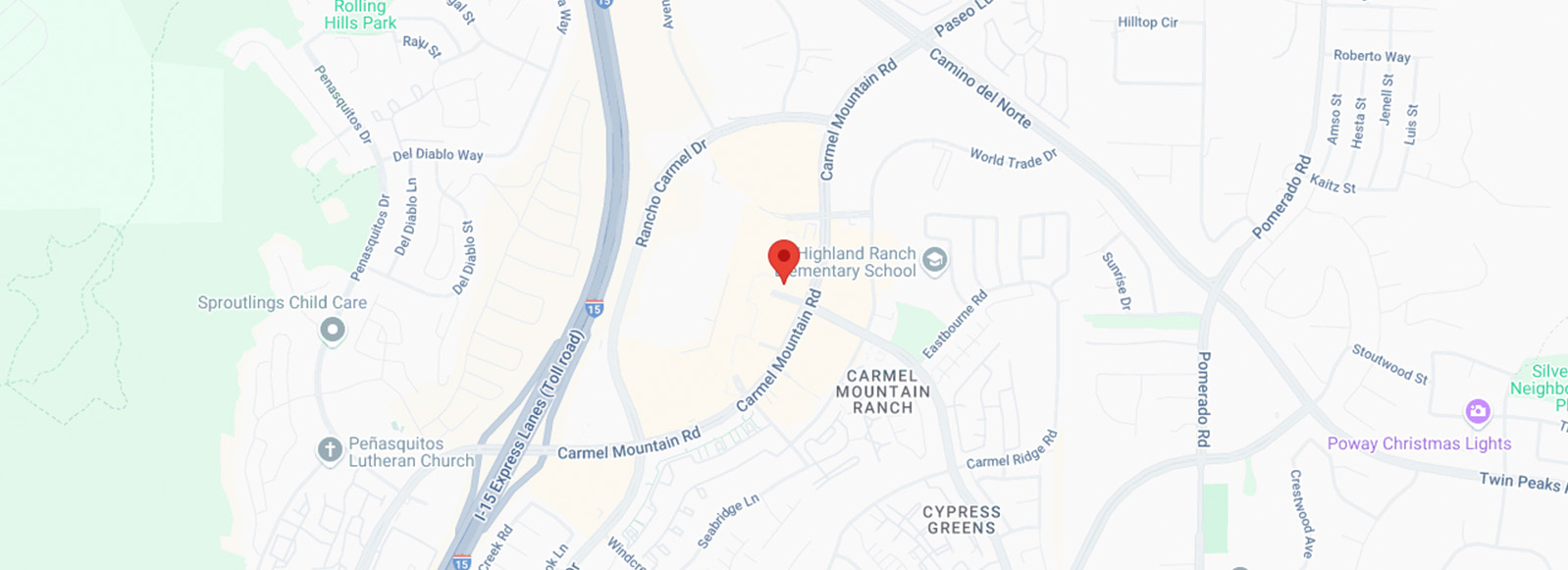
I previously shared with you about the cosmeceuticals and non-surgical skin tightening interventions for sagging skin. Now I want to tell you about another method for sagging skin with underlying spot fat accumulation, called chemical lipolysis, or mesotherapy.
Mesotherapy basics
You know that sagging skin develops slowly as collagen, elastin, and hyaluronic acid become deficient. Now just imagine the body areas of sagging skin where fat accumulates underneath. Mesotherapy is an injected solution that has been well proven[1] to cause permanent fat necrosis; therefore, it safely dissolves fat.
These are the “spot fat” areas that can be successfully treated with mesotherapy:
Eye pads
Double (or triple) chin/submental region
Jowls and chin
Arms
Buffalo hump
Love handles
Abdomen spot fat pockets
Back bra bulge area
Flanks
Hips
Thighs: saddlebags (upper outer)
Thighs: inner
Since 1987, physicians from Italy and France used phosphatidylcholine for the first time to treat localized fat deposits. After numerous smaller studies later showed it to be effective and safe, the first mesotherapy training programs were established in North America in 2004. I attended one of those in Las Vegas, NV in 2005, although I never implemented it into practice at that time. Since 2010 there have been more than 100,000 healthcare providers of mesotherapy worldwide and have provided hundreds of thousands of treatments cumulatively.[2]
Mesotherapy ingredients
You’ll be pleased to know that there are only three simple ingredients in the mesotherapy solution that is injected into these spot-fat body areas listed above. It is the combination of these ingredients that quite safely dissolves fat cells. Let me tell you about them.
Phosphatidylcholine (PC)
It was first identified as a common fat emulsifier in foods, called Lecithin. In 1959 a study showed it increases the solubility of cholesterol and reduced triglyceride levels. Since then, the FDA has classified phosphatidylcholine as a nutrient supplement to boost cognitive function; phosphatidylcholine makes up nearly 40% of human cell membranes.
Sodium deoxycholate (DC)
This is a natural, non-allergenic bile salt that dissolves fat.
L-carnitine
This amino acid is naturally produced in your body from lysine and methionine. It is important for heart, brain and muscle function. It is used in mesotherapy because it shuttles fat into the mitochondria of cells to be utilized as energy.
Mesotherapy procedure technique and results
Although the procedure is similar, the amounts and injection details vary depending on the body area. In general, many small injections of 0.05 to 0.8 ml are placed 1-2 inches apart, into the center of the fat pad area being treated using a tiny 30 or 31-gauge needle. Lidocaine mixed with the solution makes it almost painless. Most small fat pocket areas require 3-4 injection sessions, every 4-5 weeks to allow for healing between treatment sessions.
In general, you can expect to have 85% overall satisfaction from mesotherapy lipolysis, with tolerable pain (after injections for a few hours) and minimal risks.
In my next article, I’ll tell you what I’ve learned about treating cellulite, from mesotherapy to radiofrequency.
To long-term health and feeling good,
Michael Cutler, M.D.
[1] Mahmud K, Crutchfield CE. Lipodissolve for body sculpting: safety, effectiveness, and patient satisfaction. J Clin Aesthet Dermatol. 2012 Oct;5(10):16-9. PubMed PMID: 23125885; PubMed Central PMCID: PMC3486781. https://www.ncbi.nlm.nih.gov/pubmed/23125885
[2] https://asalllc.wordpress.com/studies/clinical-studies/








